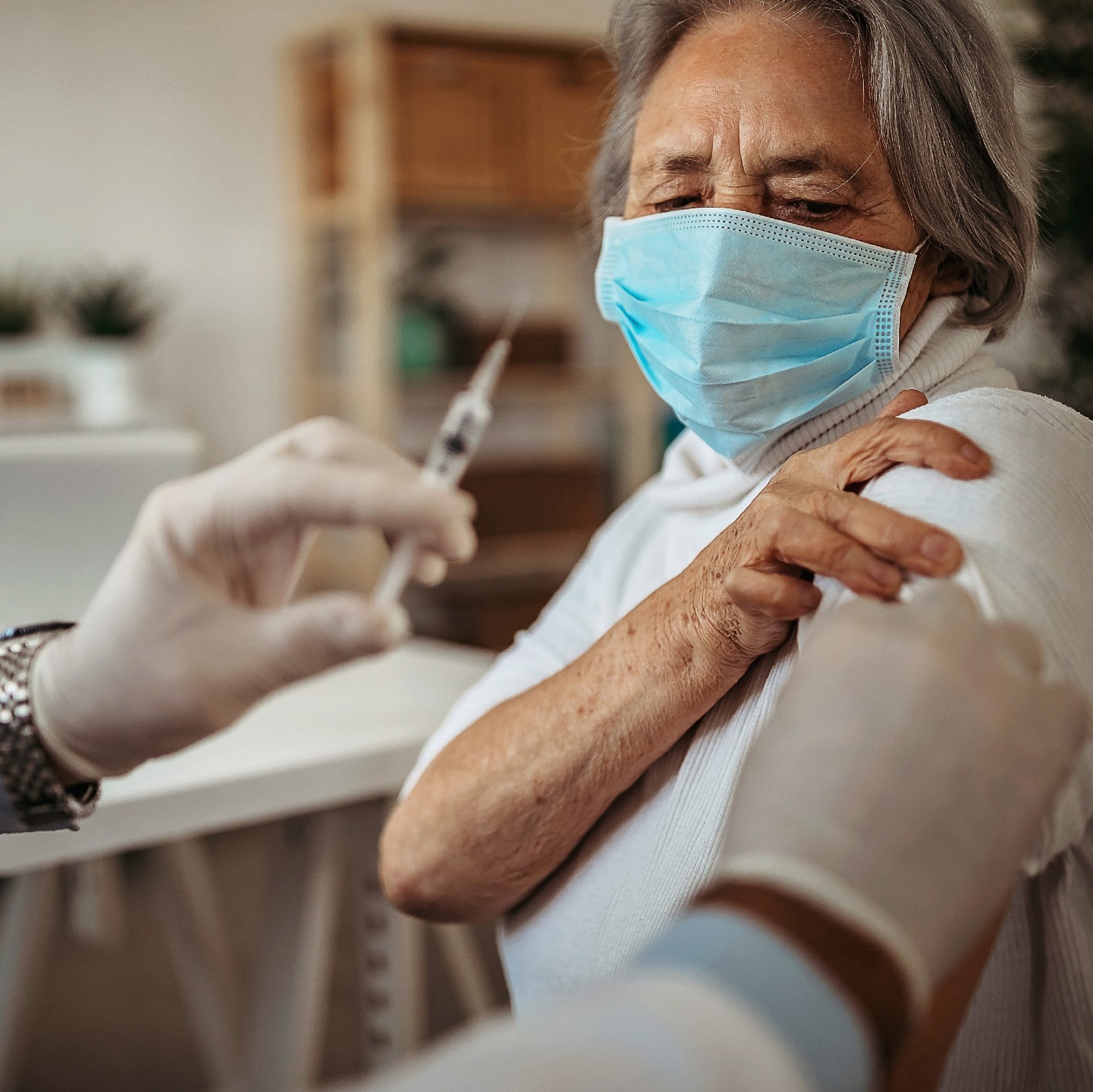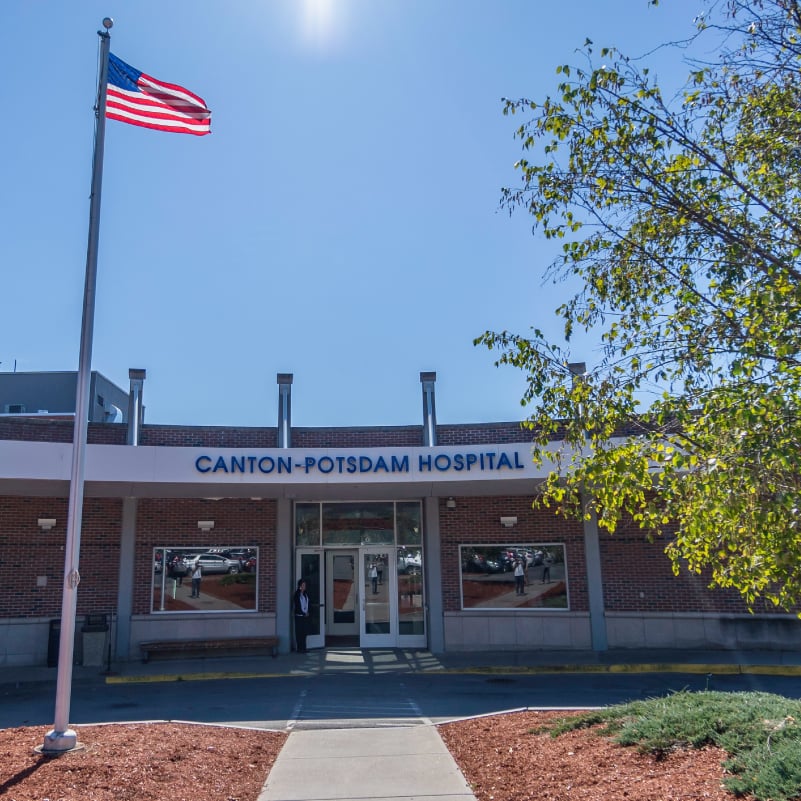In early 2020, medical professionals around the world came to grips with the knowledge that a new, mysterious virus that no one had experience with would spread across Earth in a pandemic.
Learning to diagnose, test for, and treat the COVID-19 virus became the singular focus for millions of scientists and medical providers around the world – including the Rochester area. Since that time, more than 600,000 COVID-19 tests have been processed through Rochester Regional Health Laboratories, with hundreds more happening each day.
Matthew Dehmler is the Director of Laboratory Operations with Rochester Regional Health and discusses how lab professionals with the health system adapted to COVID-19, began testing for it, and what was learned along the way.
Current testing methods
Since there are an abundance of at-home COVID-19 testing kits available, laboratories at Rochester Regional Health mainly handle PCR tests, which are considered the gold standard of COVID-19 tests. The process detects genetic material that is specific to the virus – RNA in this case. For someone to get a PCR test today, the process is straightforward.
An individual will arrive at a location for testing and have a nasal swab performed, which involves a provider inserting a long swab into the individual’s nasal cavities to obtain a sample.
The sample is then placed in a sample tube and taken via courier to a laboratory to be tested. Upon arrival, a member of the specimen processing team will register the sample and then take it to the testing lab.
There are several testing platforms available for PCR testing. The instruments use enzymes and changes in temperature to make many non-infectious copies of specific viral RNA segments.
“It is a way to take a tiny little piece of information and repeat it over and over again so it can be read by an instrument that can identify whether or not a person has an infection,” Dehmler said.
Learn More: Lifecycle of a Sample
At the height of the COVID-19 pandemic, Rochester Regional Health handled several thousand tests each day and used four different platforms to run the tests. Staff at Rochester Regional Laboratories were able to manage a turnaround time of under 48 hours from collection to results. Currently, the turnaround time is approximately 18 hours for a COVID-19 PCR test.
Learning to test for a new virus
Before medical staff working in laboratories knew how to correctly identify COVID-19 from a patient sample, they needed to determine if any of the equipment or substances they had on hand could detect the virus.
Some of the substances needed to test for COVID-19 were reagents, which are compounds that cause a specific chemical reaction. A reaction indicates if specific organisms are present in a sample – such as a virus.
Related: Laboratory Professionals: What Roles Make a Lab Run
As scientists around the world worked in the early days and nights of the pandemic to determine what they needed to test a sample for COVID-19, they began to identify some of the reagents needed for each test.
“There was a lot of hard work, a lot of long nights, a lot of long days that were put in to develop these tests so we could just start testing them at our site,” Dehmler said.
As the pandemic evolved, so did the technology used to perform the testing. More automated processes emerged – one of which is the Roche cobas® 6800 System currently used by Rochester Regional Health Laboratories at Elmgrove. By itself, it can run 1,800 individual COVID-19 PCR tests each day at the Elmgrove site.
Supply shortages
One of the challenges of the pandemic for laboratories was figuring out not only how to perform the testing, but also how to scale from labor intensive manual processes to high throughput methodology with redundancy.
Through the rest of 2020 and into early 2021, there were worldwide shortages with the volume of reagents available for testing, which led to limits on the number of tests being performed. But the shortages weren’t just limited to reagents. Plastics, pipette tips, and trained staff members were also in short supply. These significant scarcities were big issues for all labs.
For these labs, most of the focus became about maximizing their throughput. At one point, Rochester Regional labs were receiving more than 3,000 samples a day. Several key laboratory administrators collaborated to create a process that used thermal cyclers and specific reagents that were easier to obtain so they could increase the lab’s overall capacity for testing. Balancing this tedious manual testing process with staffing shortages became a delicate dance in a time when infections needed to be diagnosed as quickly as possible.
“Maintaining a quick turnaround time was paramount because you could help to slow or stop a widespread infection based on the test results a lab was delivering,” Dehmler said.
Working together
By February 2021, the volume of COVID-19 testing started to ease up at Rochester Regional Health Laboratories. Suppliers began to catch up to the demand for equipment and testing materials that were in short supply, and manufacturing levels began to ramp up, as well.
At that time, the public generally stayed home to slow or stop the spread of COVID-19 cases, wore masks frequently, and began to receive the COVID-19 vaccine as it became available.
While there are still logistical complications with national and international supply chains, the overall outlook has improved.
Dehmler applauds the entire team with Rochester Regional from microbiology to leadership and support teams. Each group put together teams and ensured everyone maintained communication as frequently as possible.
“We’ve done a great job of supporting our fellow colleagues and our fellow labs through our health system,” Dehmler said. “I hope there is an understanding of the sacrifices that our lab professionals have had to go through to ensure the level of service we have is maintained and that the needs of our hospital system are met. It impacts not only those working in microbiology, but also doctors, nurses, phlebotomists, couriers, and so many others to doing their best and get through this pandemic.”









